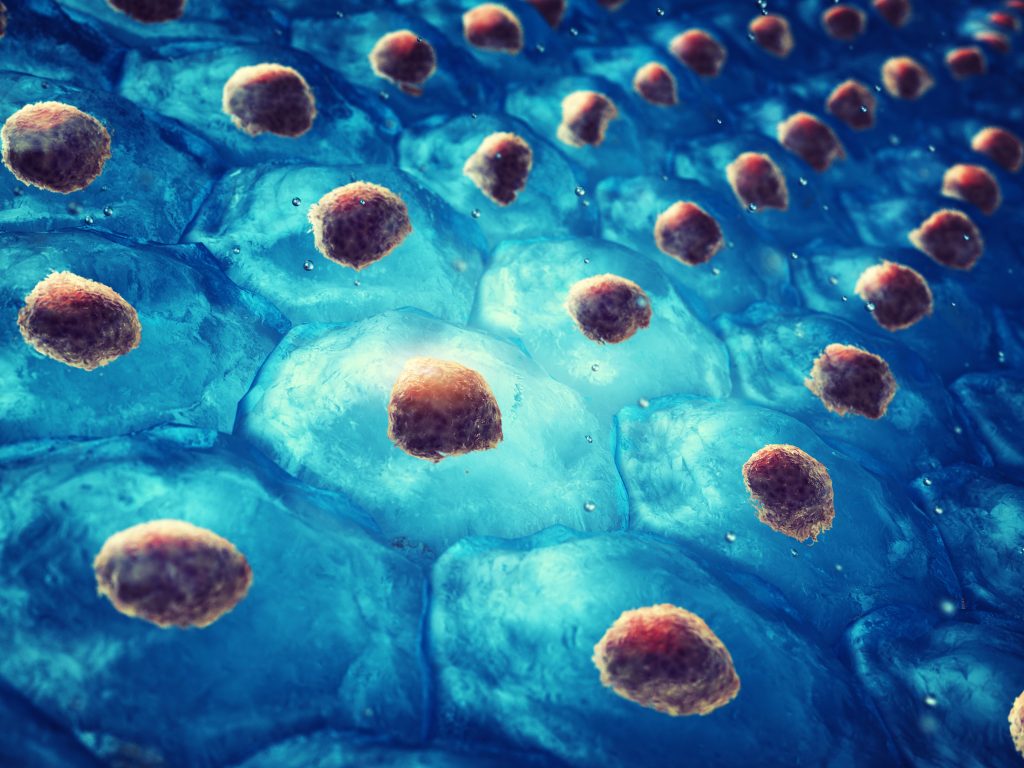While cheese and wine (and whisky!) all get better with age, the human body fares less well! Although partaking in too many culinary delights hardly helps, studies have established the reduced number and activity of stem cells as a cause for the age-related deterioration of various tissue types. With this in mind, a talented team recently downed their dining utensils and set off for the lab bench to examine how cell-to-cell variability in transcription and epigenetic modifications causes stem cells to age badly!

Let’s hear how researchers led by Shahragim Tajbakhsh (Institut Pasteur, Paris, France) and Wolf Reik (Babraham Institute, Cambridge, UK) employed parallel single-cell DNA methylation and transcriptome sequencing (scM&T-seq) to describe age-related transcriptional and epigenetic heterogeneity (or epigenetic drift) using mouse muscle stem cells (MuSCs) as a model system:
- Isolation of young and old MuSCs based on Pax7 expression provides cells in a quiescent state, minimizing confounding factors
- Whiles cells appear globally similar, 940 genes display age-related differential expression
- Transcriptional analysis revealed higher levels of transcriptional heterogeneity in older cells, where the profiles suggest that aging MuSCs exhibit impaired interactions with their niche and an increased likelihood of exiting from quiescence, which together suggests alterations to tissue function
- Overall, global DNA methylation levels increase slightly with age, mostly at repeat elements and H3K36me3-modified regions
- Different genomic contexts display distinct levels of cell-to-cell methylation heterogeneity; CpG islands and LINE-1 elements display more considerable heterogeneity than enhancers or H3K27me3-modified regions
- There exists a negative correlation between promoter methylation level changes and changes in methylation heterogeneity
- Promoters that become more homogeneous display increases in DNA methylation, while promoters that become more heterogeneous display decreases in DNA methylation
- Low and non-changing levels of key DNA methylation enzymes suggest that they do not influence age-associated DNA methylation changes
- Importantly, older cells with the largest transcriptional difference from young cells display a lack of correlation between DNA methylation levels and transcription
- Analysis of transcriptional variability between young and old cells established that promoters with increased heterogeneity in DNA methylation levels exhibit increases in transcriptional heterogeneity
Overall, the authors suggest that aging promotes epigenetic drift with the accumulation of uncoordinated DNA methylation alterations (independent of cell proliferation due to cell quiescence), which prompt an increase in transcriptional variability. But, does heterogeneity represent an intrinsic mechanism of cellular aging?
While it looks cell-to-cell variability in transcription and DNA methylation make muscle stem cells age badly, let’s end with those few things that will age well – wine, cheese, whisky, and all the details from this tasty new study at Nature Communications, September 2019.




